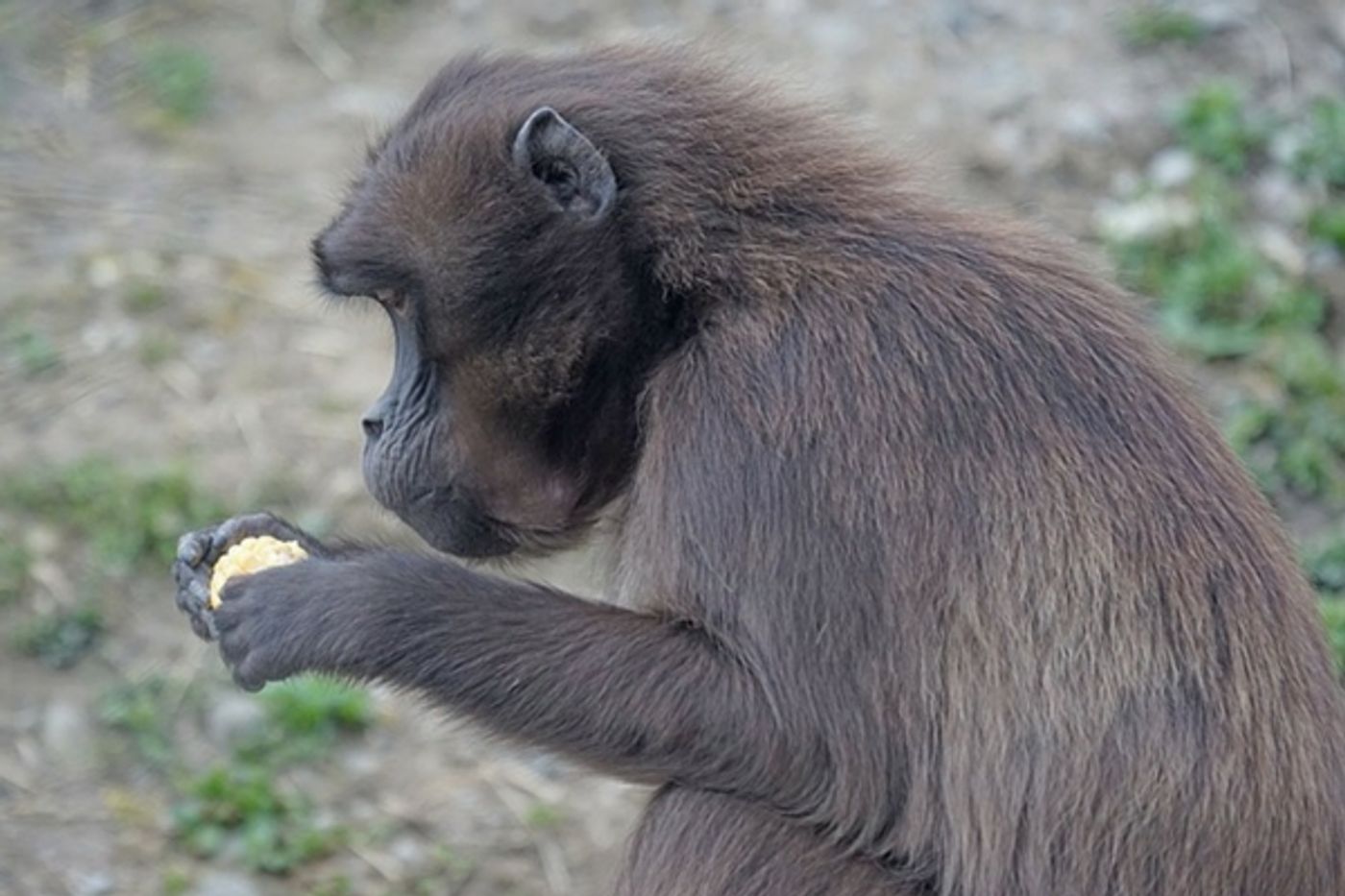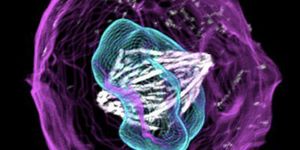In Primates, Diet Could be the Key to Brain Growth
Does size matter? For the brain, it does. Animals that are far bigger than humans, such as gorillas, who can grow to be three times the size of an average human, have smaller brains than we do. The first thing to understand is that large brains need more fuel. In order to grow, something has to feed that growth. Larger brains need more blood supply and more food to grow neuronal connections. That’s why a gorilla, though a very large animal, cannot support a large brain. They have to work much harder to obtain food and the quantities they would need to support a large brain are not easily available. The physical effort would expend far too many calories to allow the brain to grow. So that’s why a bigger animal doesn’t always have a bigger brain.
Another theory in brain size is the “social brain hypothesis” which says that brains grow in reaction to social stimuli and behavior. Primates like chimps, apes and gorillas live in civilized group settings. They socialize and have a community structure and order, and the social brain hypothesis says brain growth had to happen so they could survive. This is why humans wound up with the biggest brains of any similar species, they needed to navigate their environment to find food and shelter. In social groups, more complex thinking and planning is needed and that need is what spurred growth. A new study however, has primate researchers and others debating the diet question again. A team of New York University anthropologists recently published their findings, which point to diet and feeding differences to explain brain size, rather than social factors.
You might also like: Brain Size and Blood Flow
The work appears in the journal Nature Ecology and Evolution, and posits feeding differences in the development of both human and non-human primate brains as a significant factor in size. In a press release, James Higham, an assistant professor in NYU’s Department of Anthropology and a co-author of the new analysis asks, “Are humans and other primates big-brained because of social pressures and the need to think about and track our social relationships, as some have argued? This has come to be the prevailing view, but our findings do not support it—in fact, our research points to other factors, namely diet.”
So how did they show this? In an article in Science Magazine, Alex DeCasien, the new study’s lead author and a doctoral candidate at NYU wanted to compare brain size in groups of monogamous versus more promiscuous primate species. She collected data on 140 species across four groups —monkeys, apes, lorises, and lemurs—and then looked to see if brain size differences were between different social groups and community sizes. Nothing seemed to match up. There were no trends in size that were seen in one group over the other, but trends did emerge in diet. Specifically fruit. The only factor that seemed to predict which species had larger brains was whether their diets were primarily leaves or fruit. She explained, “Complex foraging strategies, social structures, and cognitive abilities, are likely to have co-evolved throughout primate evolution. However, if the question is: ‘Which factor, diet or sociality, is more important when it comes to determining the brain size of primate species?’ then our new examination suggests that factor is diet."
Notably, frugivores (fruit eaters) and frugivore/folivores (species who consume both fruits and leaves) exhibit significantly larger brains than those who eat only leaves. Omnivores, showed the largest brains of all, regardless of sociality. The revival of the diet question is yet another chapter in the ongoing debate on brain size evolution, and it’s a question that isn’t likely to be fully solved for quite some time. Check out the video below to learn more.
Sources: New York University, Science Magazine, Nature Ecology and Evolution









